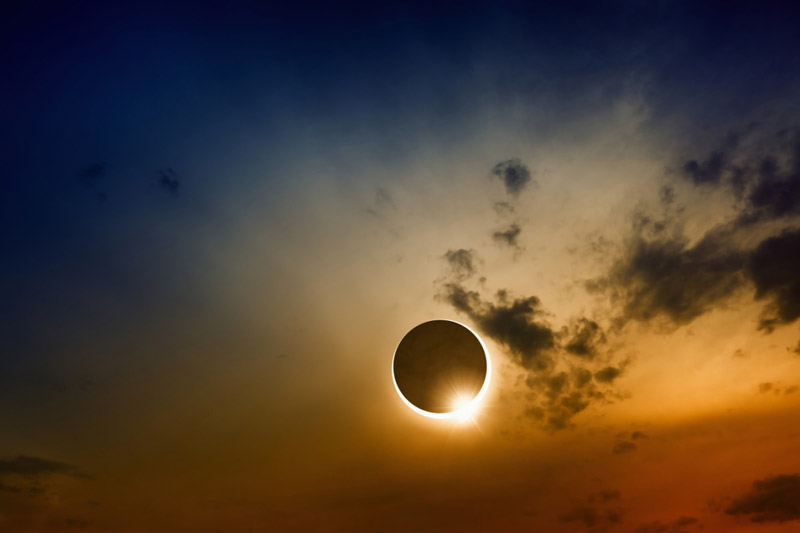As all eyes were to the sky during Monday’s total solar eclipse, energy usage across Middle Tennessee took a noticeable dip.
Cooler temperatures as a result of the moon passing in front of the sun led to an afternoon drop in load on NES’ system, something that typically doesn’t happen on a sunny day during the summer.
Based on the chart below, energy usage was rising by about 180 megawatts (MW) per hour until noon. The rise in load began slowing after 11 a.m. and then leveled off before peaking at 2,099 MW at 12:32 p.m. That’s when the steady decline began until 1:35 p.m. when it bottomed at 1,934 MW. At 1:36 p.m. after the totality of the eclipse, energy usage began to increase. (see chart)
“What we would have seen without the eclipse was a continual climb in consumption with a peak during the late afternoon and a drop off as the sun starts to lower in the early evening,” said Jack Baxter, vice president of system operations at NES.
A few minutes of darkness during the middle of a hot summer day resulted in a reduction of 165 megawatts of electricity. Just another cool factor for an astronomical phenomenon that captured our attention every phase of the way.
Tags:
